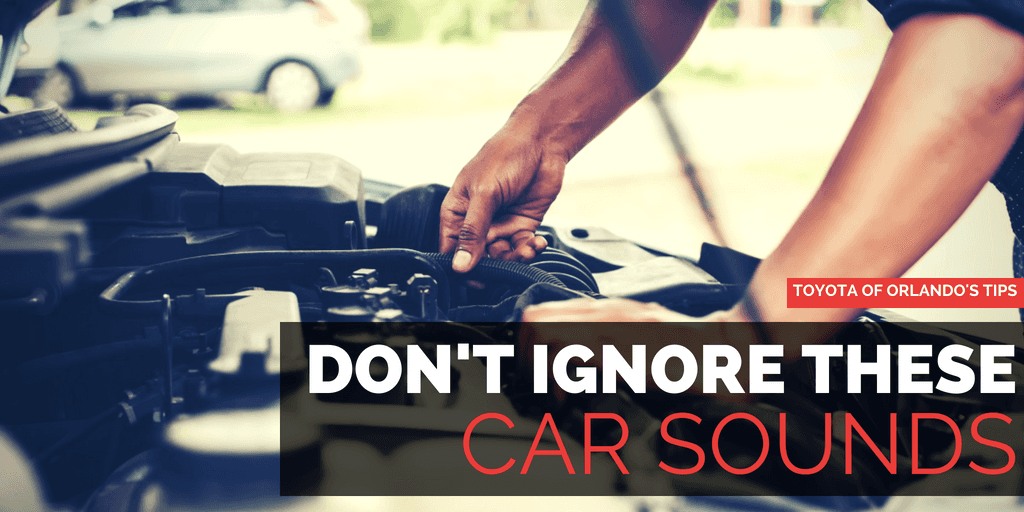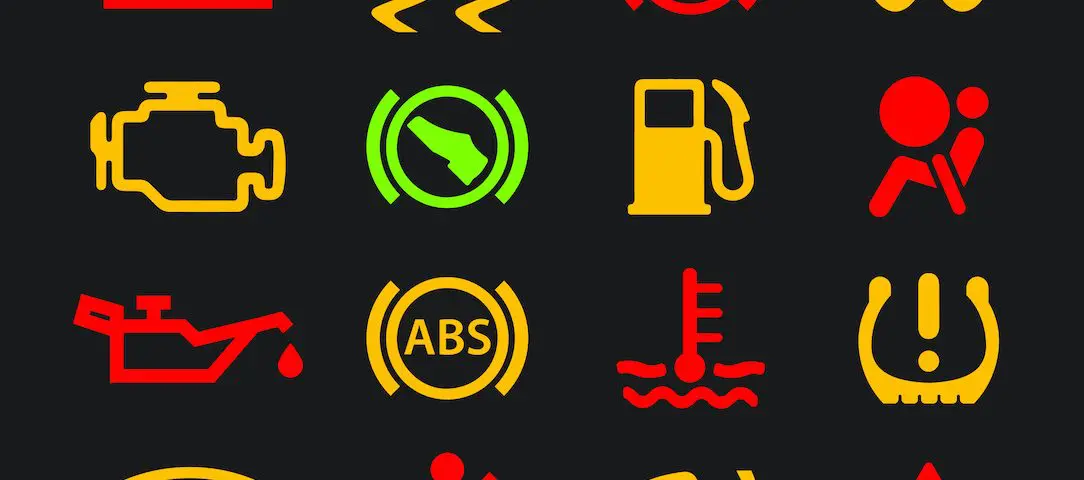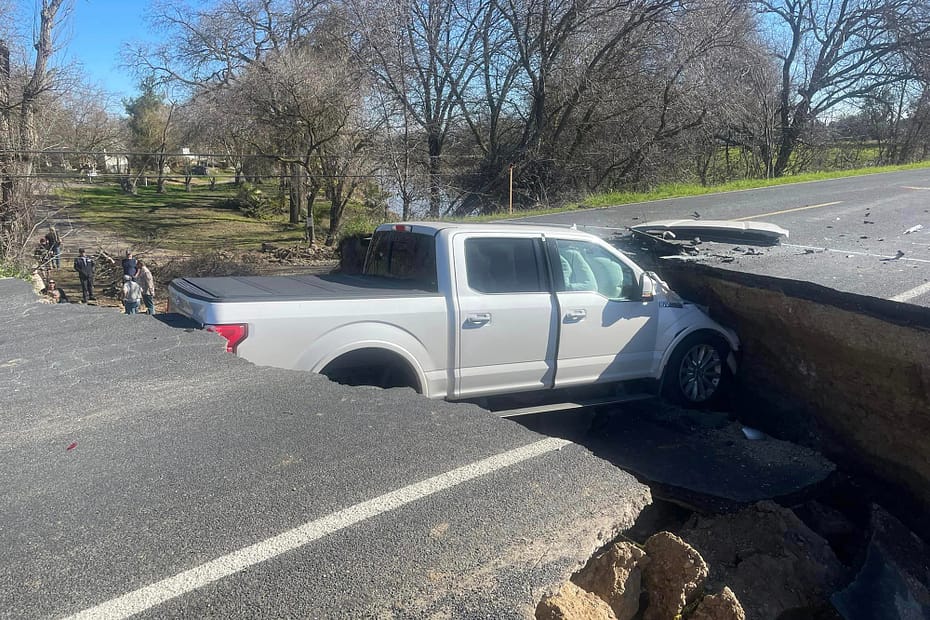To tell if a strut is bad, check for uneven tire wear and a bumpy or unstable ride. A worn-out strut can negatively impact the vehicle’s handling and overall performance.
It is essential to identify and address any issues with the struts promptly to ensure safety and optimal vehicle functionality.
Common Signs Of Bad Struts
If you notice excessive bouncing, swaying, or a popping or knocking noise while driving, it could indicate bad struts. Uneven tire wear and a rough or bumpy ride are also common signs of worn-out struts. Keeping an eye out for these symptoms can help you identify potential issues and address them promptly for a smoother and safer driving experience.
It’s important to identify the signs of bad struts in your vehicle in order to maintain optimal safety and performance. When your struts are faulty, it can result in various issues that can affect your driving experience and vehicle stability. Keep an eye out for the following common signs of bad struts:
Uneven Tire Wear
One of the telltale signs of bad struts is uneven tire wear. When your struts are worn out, they may not provide the necessary support to the tires, causing them to wear unevenly. This can be easily noticed by inspecting the tread depth on each tire. If you notice excessive wear on one side or the middle of the tire, it could indicate bad struts. Uneven tire wear not only affects the longevity of your tires but also compromises your vehicle’s traction and handling capabilities.
Excessive Bouncing Or Swaying
Another noticeable sign of bad struts is excessive bouncing or swaying. When driving over bumps or uneven surfaces, if you feel that your vehicle is bouncing excessively, it could be due to worn-out struts. Struts play a crucial role in absorbing shocks and providing stability to your vehicle. When they are damaged or worn out, they are unable to effectively dampen the bouncing motion, resulting in a bouncy and uncomfortable ride. Similarly, if you experience excessive swaying or body roll when cornering or changing lanes, it’s a clear indication that your struts are in need of replacement.

Credit: www.toyotaoforlando.com
Symptoms While Driving
When it comes to determining if your strut is bad, there are several key symptoms to look out for while driving. These symptoms can indicate potential issues with your vehicle’s suspension system and should not be ignored. In this section, we will discuss these symptoms in detail and what they could mean for the health of your struts.
Difficulty Steering
If you notice difficulty steering your vehicle, it could be a sign of a bad strut. This is because the strut plays a crucial role in maintaining stability and control while driving. A worn or damaged strut can cause the steering to feel loose, making it harder to navigate turns and maintain proper alignment. If you find yourself struggling to turn the wheel or experiencing excessive play in the steering, it’s essential to have your struts inspected as soon as possible. Ignoring this symptom can lead to further damage and potentially dangerous driving conditions.
Unusual Noises
Unusual noises while driving can also indicate a problem with your struts. If you hear clunking, knocking, or rattling sounds coming from your vehicle’s suspension, it could be a sign of worn-out struts. These noises often occur when the struts’ internal components become loose or damaged, causing them to vibrate and create noise during driving. Pay attention to any sounds that are more pronounced when going over bumps or rough roads, as this can indicate that the struts are no longer able to absorb impacts effectively. Addressing this issue promptly can prevent further damage to your suspension system and ensure a smoother, quieter ride.
In conclusion, if you experience difficulty steering or notice unusual noises while driving, these could be indicators of a bad strut. It’s important not to ignore these symptoms, as they can impact your vehicle’s performance and safety. If you suspect a problem with your struts, it’s best to consult a professional mechanic who can inspect and replace them if necessary. Keeping your suspension system in optimal condition is essential for a comfortable and secure driving experience.
Signs Of Wear And Tear
Fluid Leaks
If you notice fluid leaks beneath your vehicle, it could indicate a problem with the struts. Leaking fluid is often a sign that the seals within the strut assembly are worn out or damaged. This can lead to a loss of hydraulic fluid, which in turn affects the stability and performance of the struts.
Visible Damage
Inspect the struts for visible damage such as dents, scratches, or corrosion. Any form of physical damage can compromise the structural integrity of the struts, leading to reduced performance and safety concerns. Physical examination is crucial to detect any obvious signs of wear and tear.
Impact On Vehicle Performance
Impact on Vehicle Performance:
Poor Braking
Worn-out struts can cause poor braking performance due to decreased tire traction.
Reduced Stability
Reduced stability caused by bad struts can lead to difficulties in maintaining control while driving.
Importance Of Timely Replacement
Safety Concerns
Addressing bad struts promptly ensures safe driving conditions.
Poor struts can lead to loss of vehicle control and increase the risk of accidents.
Preventing Further Damage
Timely replacement of bad struts can prevent damage to other vehicle components.
Ignoring worn-out struts can lead to costly repairs down the line.

Credit: www.scottsfortcollinsauto.com

Credit: www.hodinkee.com
Frequently Asked Questions Of How To Tell If Strut Is Bad
What Are The Symptoms Of Bad Struts?
Symptoms of bad struts include excessive bouncing, swaying, and nose-diving when braking. Other signs are uneven tire wear, increased stopping distance, and a rough or bumpy ride.
How Do You Check Struts?
To check struts, visually inspect them for leaks, damage, or signs of wear. Examine the strut bushings for cracks or deterioration. Bounce each corner of the vehicle to gauge strut responsiveness. Listen for unusual noises while driving or turning. If in doubt, have a professional mechanic assess the struts.
How Can I Tell If My Struts Need To Be Replaced?
You can check if your struts need replacement by observing excessive bouncing, dipping, or swaying while driving. Also, leaking fluid, uneven tire wear, and a bumpy or uncomfortable ride are signs indicating the need for replacement. It’s best to have a professional inspect and replace the struts if necessary.
Is It Ok To Ride With Bad Struts?
Driving with bad struts is unsafe, causing poor handling and braking performance. It can lead to loss of control and accidents. Get them fixed promptly for a smooth and safe ride.
Conclusion
Spotting a bad strut is crucial for the safety of your vehicle. Don’t ignore warning signs to prevent serious damage and keep yourself safe on the road. Regularly inspect and replace worn struts to ensure a smooth and stable ride.
Being proactive will save you time and money in the long run.
